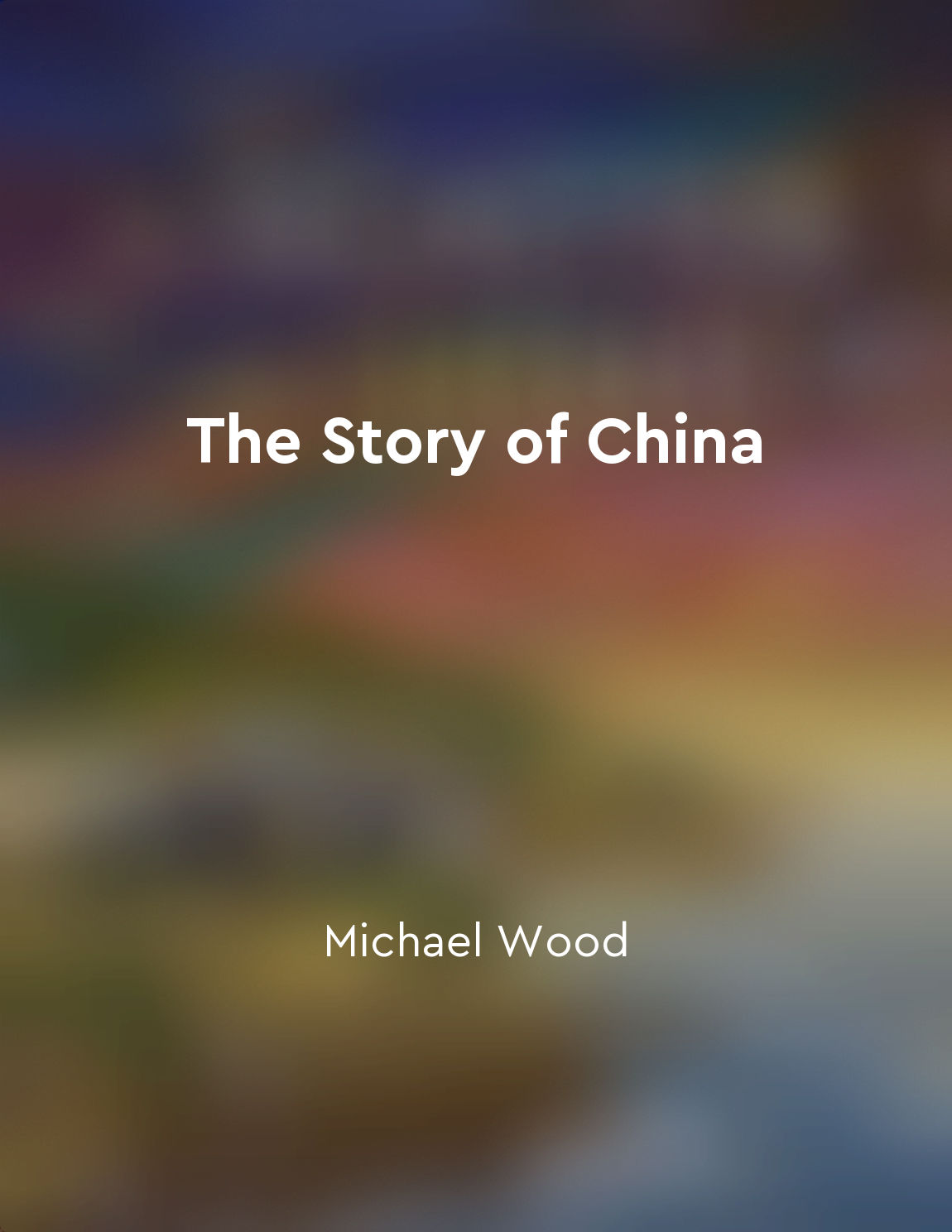Audio available in app
The invention of paper and printing revolutionized communication in China from "summary" of The Story of China by Michael Wood
Paper and printing were two groundbreaking inventions that changed the way information was shared and communicated in ancient China. Before paper was invented, the Chinese wrote on strips of bamboo or silk, which were expensive and not ideal for mass production. Paper, made from mulberry bark, hemp, and rags, provided a cheaper and more efficient alternative for writing and printing. The invention of paper allowed for the creation of books, newspapers, and official documents on a much larger scale than ever before. This meant that knowledge could be disseminated more widely and quickly throughout the vast Chinese empire. Paper also revolutionized the education system, as it made books more accessible to a larger segment of the population, leading to increased literacy rates. Printing, which was developed around the same time as paper, further revolutionized communication in China. The Chinese were the first to invent movable type printing, where individual characters could be rearranged and reused to create different texts. This innovation made the process of printing books faster and more efficient, leading to a boom in the production of literature and scholarly works. The combination of paper and printing led to the creation of the world's first printed book, the Diamond Sutra, in 868 AD. This marked a turning point in the history of communication, as it demonstrated the power of mass production and dissemination of written material. The Diamond Sutra was just the beginning; soon, Chinese printers were producing a wide variety of books on subjects ranging from literature to medicine to religion.- The invention of paper and printing had a profound impact on communication in ancient China. These innovations enabled the rapid spread of knowledge, increased literacy rates, and transformed the way information was shared and preserved. Paper and printing laid the foundation for the development of the Chinese written language and played a crucial role in shaping the culture and society of ancient China.
Similar Posts

Technology revolutionized communication and transportation
Technology has played a crucial role in transforming the way we communicate and travel. In the past, communication was limited ...
Artists' books come in various shapes and sizes
Artists' books are a unique form of artistic expression that can encompass a wide range of shapes and sizes. This diversity in ...

Innovation drove economic growth
In the course of centuries, mankind has made many inventions. Every new machine that it has invented has made the work of men e...


